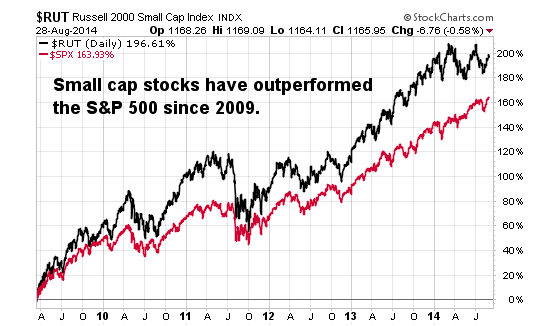Finding Your Margin Investment Sweet Spot
Post on: 15 Май, 2015 No Comment

Investing is often described as the balance between greed and fear; margin investing is pertinent to both. Barring individual risk tolerance, how low must interest rates go before the investor can make a solid case for using other people’s money? Could there be a sweet spot? In this article we’ll show you how to find one.
Margin Investing Logic
The modern portfolio theory suggests that an optimum way to invest is to find a balance between lending (Treasuries) and investing (the stock market). There are two extremes: To minimize investment risk, one should invest purely in T-bills. but if the investor seeks a higher return, he or she could invest more in the stock market. However, there is an even higher return option: borrowing against a stock portfolio and investing the proceeds in more stock — also known as margin investing.
Ignoring volatility. a case could be made to borrow money and reinvest it if the rate is low enough and the investor’s ability to bear risk is present. It is intuitive that the investor should be rewarded with more return because he or she is assuming extra risk. From here, the investor could assume that as rates move lower, the Fed is indirectly lowering the marginal lending rate to encourage people to continue to invest in companies by lowering the attractiveness of safe-haven investments. Let’s examine this a little closer to see if your investment options have broadened. (Why does the Fed lower rates? Read The Federal Reserve’s Fight Against Recession for more information.)
- Investors will only be managing against margin call risk. This is the risk that underlying stocks depreciate to a below-50% equity position.
- The goal of the investor is to maximize wealth.
- The hypothetical investor also is affluent ($1 million in diversified investable assets) with no need for current income and has a combined marginal effective tax rate of 40%.
- Margin rates are about 2.5% higher than our interest rate proxy, the five-year Treasury note.

What Does History Suggest?
Those who ignore history are destined to repeat it, right? Between 1965 and 2008, we’ll only find the interest rate proxy going below 4% twice — in 2003 and 2007. Because we haven’t yet seen the full market effect of recent rate cuts, our best bet for insight is to look at the market return over the last five years, which has been more that 50% cumulative, or about 9% annually on average. Thus, the benefit is pretty easy to see. However, let’s keep looking at this, because interest rates do bounce around a lot. (Choosing the markets in which you trade is important. Learn to effectively gauge your market risk in Price Volatility Vs. Leverage .)
Playing with Fire or Warming Yourself?














